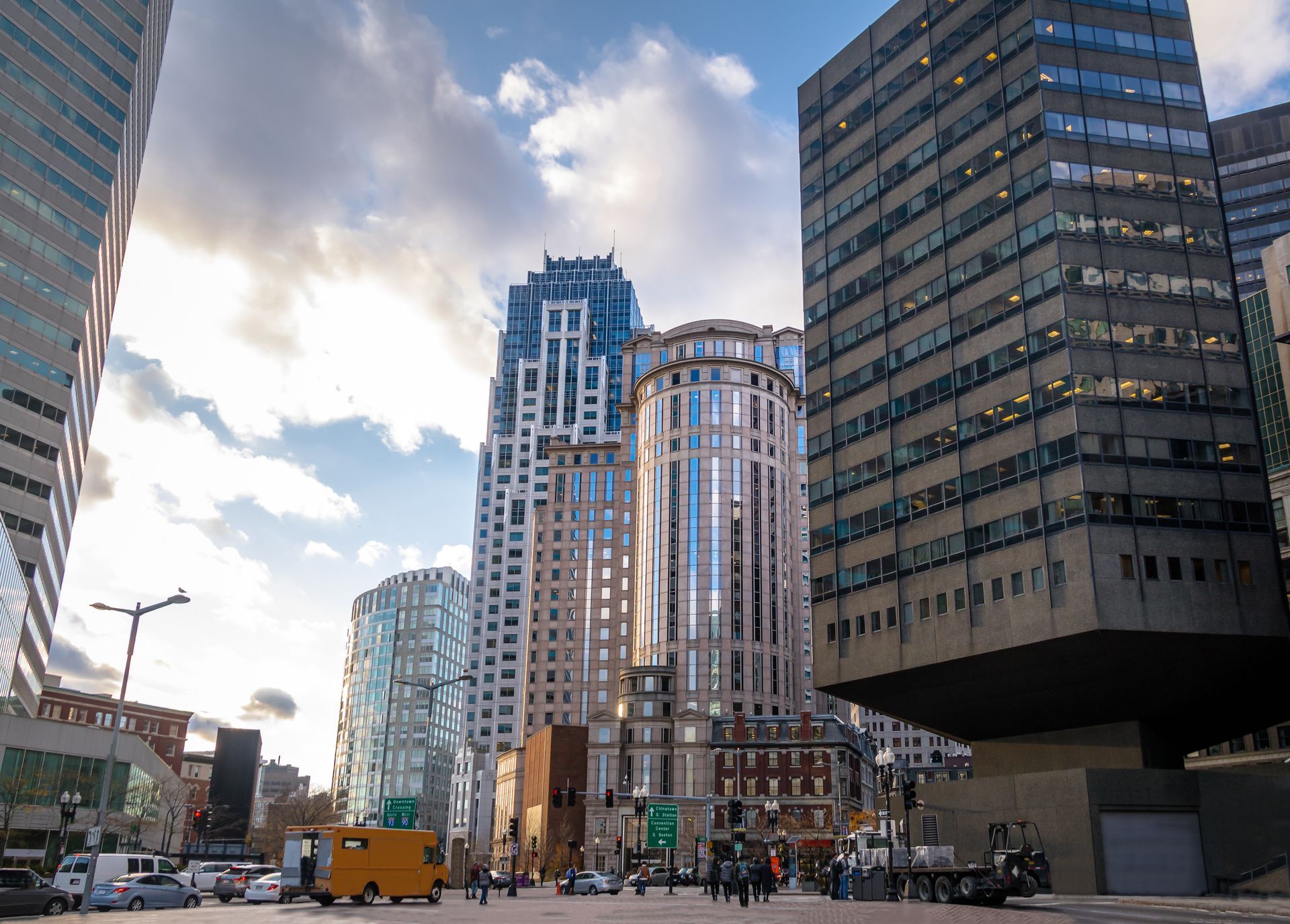
Todd Zahn • April 10, 2025
$318M “Tower on Grand” Breaks Ground, Ushering in a New Era for Downtown Lansing
Construction has officially begun on Tower on Grand, a 28-story residential high-rise set to become Lansing’s tallest building and the centerpiece of a broader $318 million revitalization plan aimed at transforming Michigan’s capital city. The project, led by New Vision Lansing, marks one of the most ambitious downtown redevelopments in the region’s history.
Redefining the Urban Core
The development comes at a pivotal moment for Lansing’s central business district, which has struggled with reduced foot traffic due to remote work trends among state employees. The Tower on Grand and its surrounding mixed-use projects aim to reverse that trajectory by injecting 567 new housing units and activated ground-floor retail into key corridors of downtown.
“Today we break ground not just on a building, but on a new era for downtown Lansing,” said John Gentilozzi, Vice President of Gentilozzi Real Estate. “Tower on Grand is the beginning of a new wave of investment, opportunity, and growth.”
Transformational Development Backed by Major Incentives
The project is backed by over $200 million in state transformational brownfield funding, allowing developers to capture income and property taxes typically allocated to local governments and schools — a strategic financing structure designed to spark large-scale redevelopment.
The development is a partnership between Lansing-based Gentilozzi Real Estate and Bloomfield Hills-based JFK Investments, operating under the name New Vision Lansing.
“This tower, and the community it’s helping to build, is proof that the progress we’re making is working,” said Mayor Andy Schor. “New Vision Lansing is a key part of that momentum.”
What’s Planned?
The Tower on Grand will stand as Lansing’s tallest building at over 300 feet, featuring 28 stories of residential and luxury amenity space. Designed by Hobbs + Black Architects and built by Christman Companies, the project will include a fitness center, yoga studio, green space, and golf and race simulators honoring the Gentilozzi family legacy. Residents will also enjoy hot and cold plunge areas, a penthouse sky lounge with private dining, and riverfront live-work units with balconies. Three penthouse floors will offer two-story suites with private terraces, with leasing expected to begin in early 2028 after 27 months of construction.
Surrounding developments led by New Vision Lansing will add density and vibrancy throughout downtown. A 10-story historic office building at Washington Square and Michigan Avenue is being converted into 60 residential units with first-floor retail. Across from the Capitol, the six-story Capitol Tower will include 105 housing units, office space, and structured parking. Nearby, the Ingham Building will become a five-story office and residential building with retail and 25 furnished apartments designed for legislators and staff.
In Lansing’s Old Town neighborhood, a seven-story infill development will introduce 90 new residential units, adding much-needed housing inventory just northwest of downtown. Each of these projects contributes to a strategic vision of transforming underutilized sites into activated, mixed-use communities. The combined plan aims to attract new residents, increase walkability, and stimulate local business activity across the central business district. Together, these developments signal a bold step toward long-term downtown revitalization.
A Legacy of Development, A Vision for the Future
“Our journey began in 1960 with my father,” said Paul Gentilozzi, CEO of New Vision Lansing. “Today, with our partners — the Kosik family — we begin the largest project in our history. In two years, we’ll stand atop Lansing’s tallest building — a testament to the power of vision, collaboration, and community support.”
With strong public-private partnerships, local architectural talent, and a bold commitment to residential density, New Vision Lansing is poised to reshape the city’s downtown fabric — turning vacant or underutilized properties into vibrant, connected, and livable communities.


